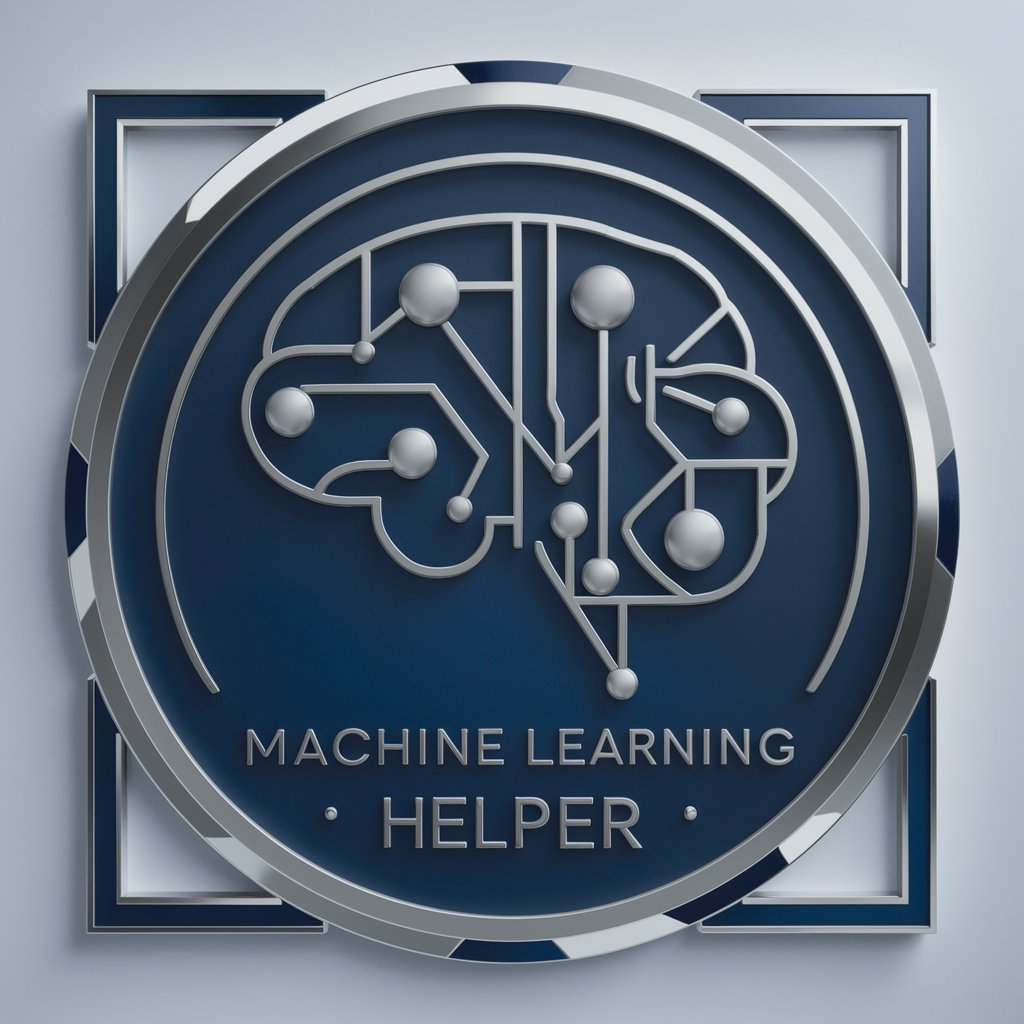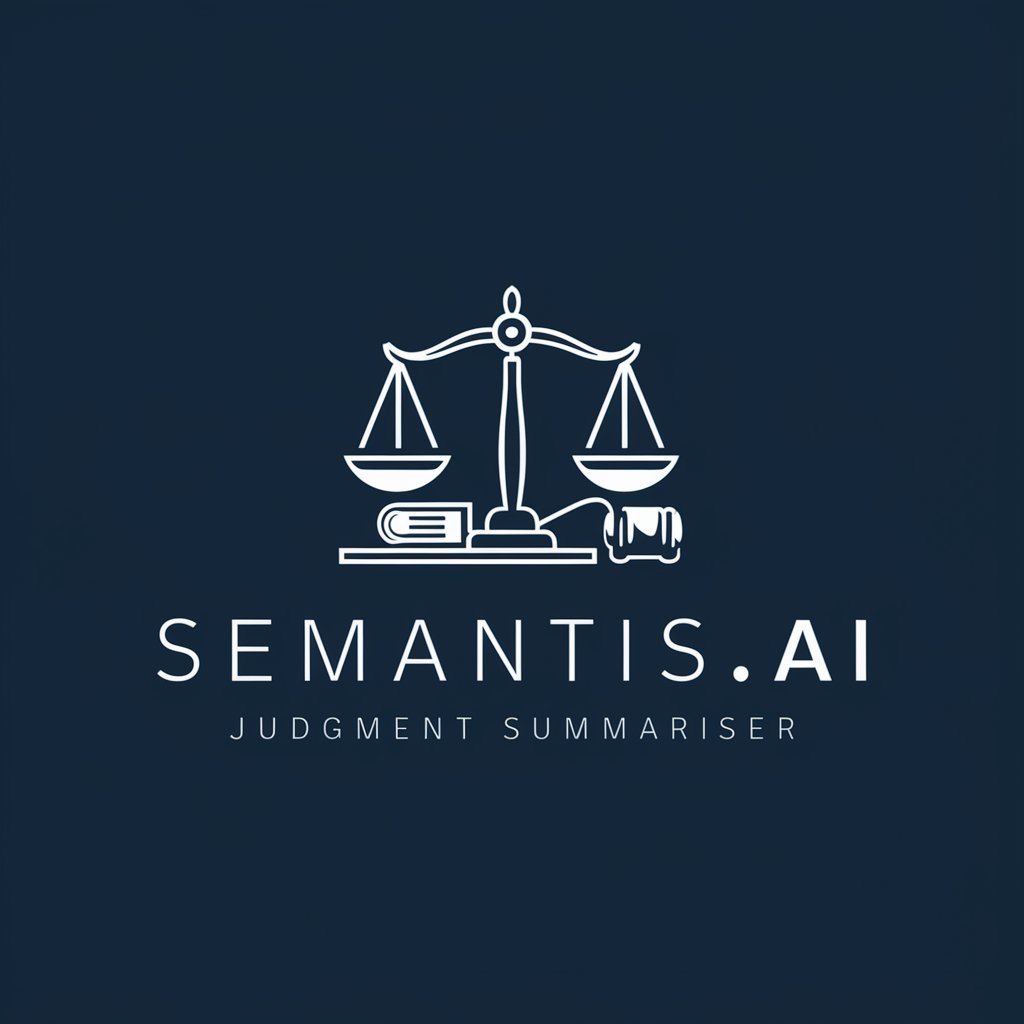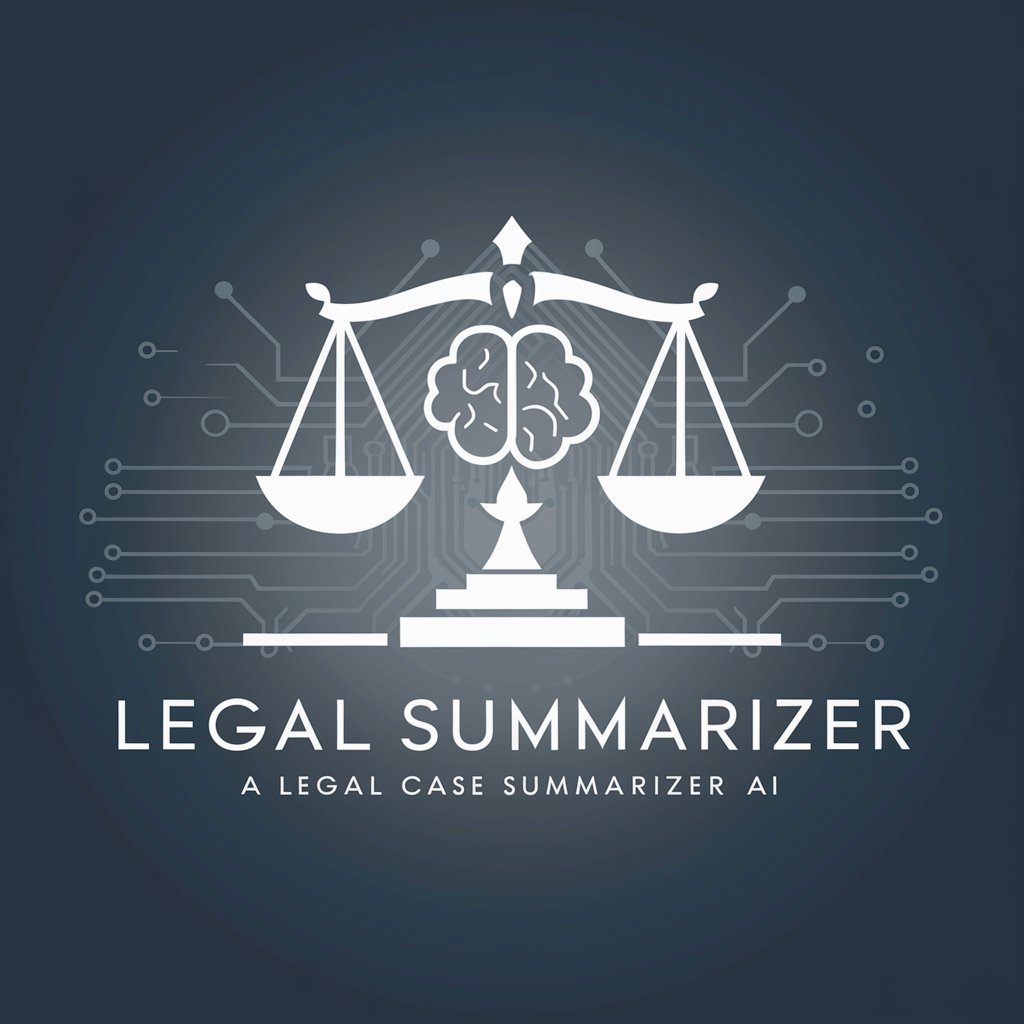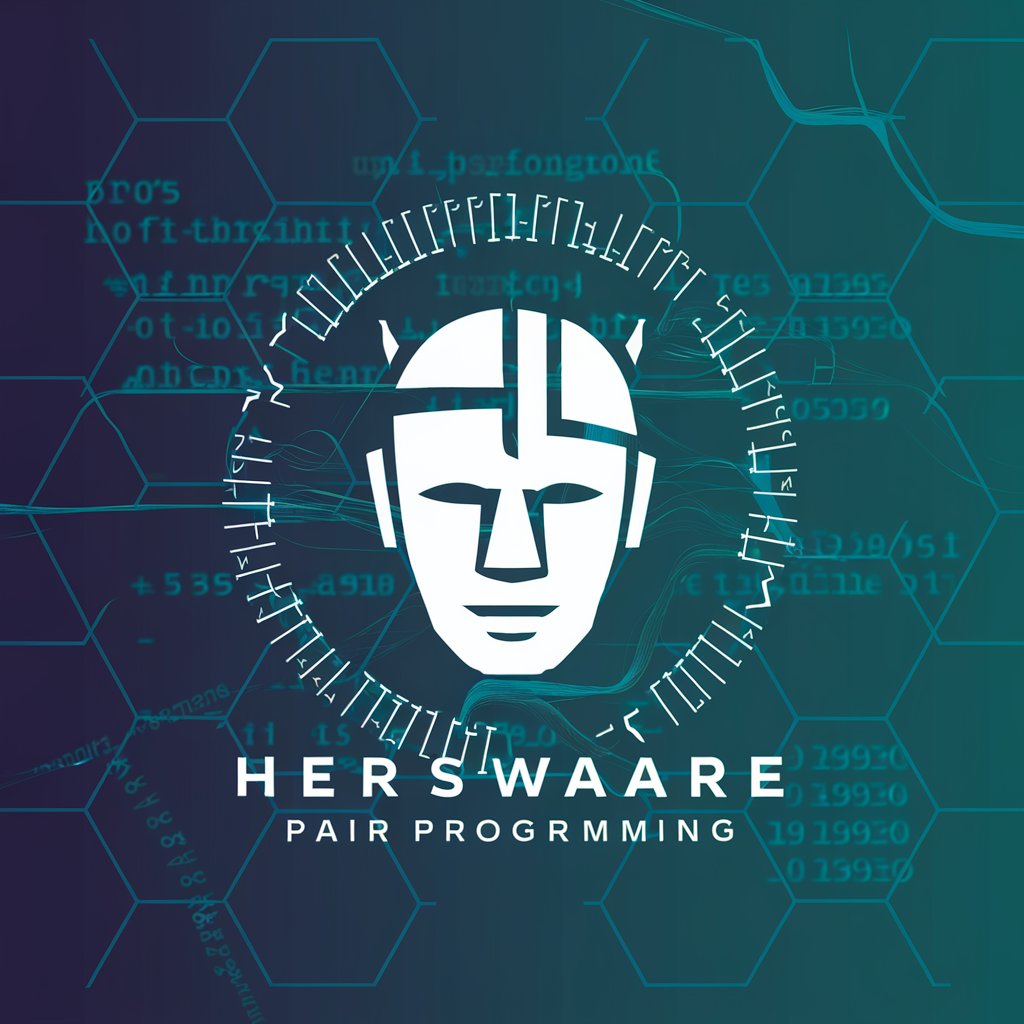Machine Learning Helper - Advanced ML Explainer Tool

Welcome to Machine Learning Helper, your guide to advanced machine learning concepts.
Empowering understanding with AI-driven explanations.
Explain the key differences between diffusion models and traditional generative models.
How do transformers improve upon recurrent neural networks in natural language processing tasks?
What are the main challenges in training large-scale machine learning models?
Describe the mathematical foundations of the backpropagation algorithm in neural networks.
Get Embed Code
Overview of Machine Learning Helper
Machine Learning Helper, designed as a specialized GPT (Generative Pre-trained Transformer), focuses on providing detailed explanations and discussions on complex machine learning topics. It is tailored to address queries related to advanced areas like diffusion models and transformers. The design purpose of this tool is to facilitate deep, scholarly conversations and to help users understand intricate ML concepts through technical jargon and academic-style discourse. Examples of its use include elucidating the mathematical foundations behind neural network architectures or the stochastic processes in diffusion models, aimed at enhancing comprehension and educational value. Powered by ChatGPT-4o。

Core Functions of Machine Learning Helper
Explanation of Complex Concepts
Example
Explaining the concept of backpropagation in neural networks, Machine Learning Helper provides insights into how gradients are computed layer-wise using the chain rule, and how these gradients are used to update the weights in a network to minimize the loss function.
Scenario
Used in educational settings, such as university lectures or research discussions, to provide a clear, detailed understanding of fundamental and advanced machine learning techniques.
Technical Deep Dives
Example
When discussing transformer architectures, it can detail the mechanism of self-attention, illustrating how it allows models like GPT and BERT to dynamically weigh the relevance of different words in a sentence for tasks like translation or sentiment analysis.
Scenario
Useful for AI researchers and engineers who are designing new models or looking to optimize existing architectures, providing a thorough understanding of model components and functionalities.
Guidance on Model Implementation
Example
It might guide a user through the steps of implementing a convolutional neural network using TensorFlow, from setting up the layers to applying regularization techniques like dropout to prevent overfitting.
Scenario
Assists developers and data scientists in practical applications, ensuring they can build robust models efficiently and correctly apply machine learning techniques.
Target User Groups for Machine Learning Helper
Academic Researchers
This group benefits from the ability to explore complex theories and the latest advancements in machine learning, aiding in the development of new algorithms or the enhancement of existing methodologies.
Data Scientists and ML Engineers
Professionals in these fields require deep, technical knowledge to implement, test, and scale models effectively. Machine Learning Helper serves as a resource for refining their technical skills and understanding the intricate details of model architecture and data processing.
Advanced Students in STEM
Students engaged in higher education courses or projects in science, technology, engineering, and mathematics (STEM) can leverage this detailed, academically rigorous content to supplement their studies and research, helping them to grasp complex topics and enhance their learning outcomes.

How to Use Machine Learning Helper
Begin the Trial
Access a free trial without requiring a login at yeschat.ai, and no need for any premium subscriptions.
Identify Your Needs
Assess your requirements such as understanding complex machine learning concepts, reviewing scholarly papers, or discussing advanced ML models.
Engage with the Tool
Interact with the tool by inputting your queries in a clear and structured format to receive detailed and technical explanations.
Utilize Advanced Features
Take advantage of the tool’s capabilities to request specific ML model evaluations, comparisons, and detailed breakdowns of ML papers.
Review and Learn
Use the provided responses to deepen your understanding, and don’t hesitate to ask follow-up questions to explore topics in greater depth.
Try other advanced and practical GPTs
SemantisAI Comprehensive Judgment Summariser
Transforming Legal Documents into Insightful Summaries with AI

Legal Summarizer
AI-driven Legal Judgment Summarization

Code Interpreter Plus (Developer Edition) ⭐️
Empower Your Code with AI

Social Media Maestro
Optimize your social media with AI

MacroFit Guide
Eat smarter with AI-powered guidance

Virtual Therapy
Empathy at Your Fingertips

Which NYC Stereotype am I?
Discover Your Inner New Yorker

Personify
Crafting Personas, Empowering Design

kitchen Sage 🧙♂️📸
Transform Ingredients into Meals with AI

Mountaineer Advisor
Scale New Heights with AI Guidance

Adventure Guide
Navigate nature with AI-powered insights.

Jessica / Sales Development Rep
Empowering Your Sales with AI

Detailed Q&A about Machine Learning Helper
What types of machine learning models can Machine Learning Helper explain?
Machine Learning Helper can explain a wide range of machine learning models including, but not limited to, supervised and unsupervised learning models, deep learning networks, and state-of-the-art models like transformers and diffusion models.
Can this tool help me understand the mathematical foundations of algorithms?
Yes, the tool is equipped to provide detailed explanations of the mathematical underpinnings of various algorithms, including statistical concepts, optimization techniques, and theoretical justifications.
How does Machine Learning Helper handle comparisons between different machine learning papers?
The tool can analyze and compare multiple machine learning papers, outlining their methodologies, performance metrics, strengths, and limitations to provide a comprehensive comparative analysis.
Is Machine Learning Helper suitable for beginners in machine learning?
While the tool is designed to provide in-depth technical explanations, it can also cater to beginners by adjusting the complexity of its responses based on the user’s familiarity and proficiency in machine learning.
What additional resources does Machine Learning Helper provide for deeper learning?
It can suggest further reading materials such as scholarly articles, textbooks, and online resources to supplement learning and provide a broader understanding of discussed topics.
